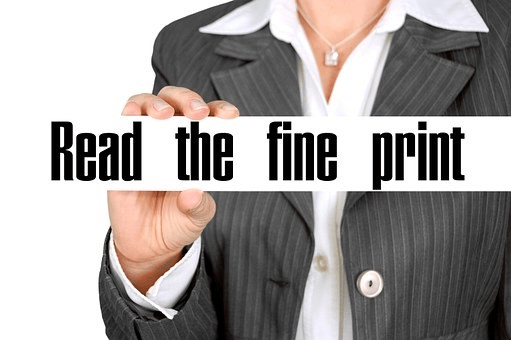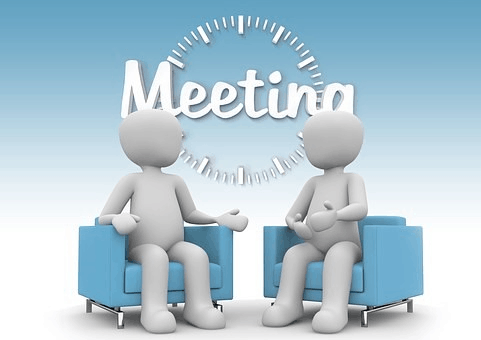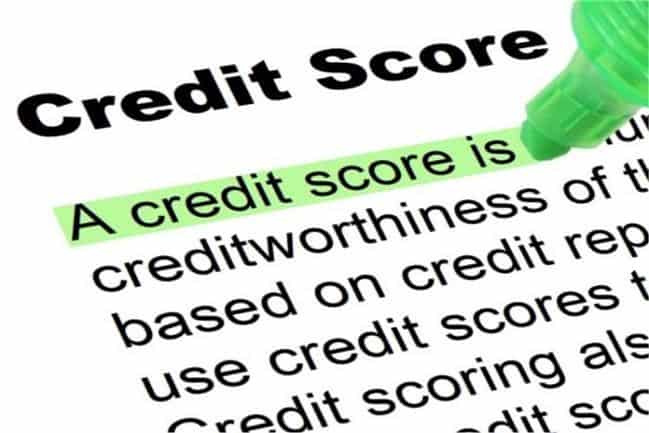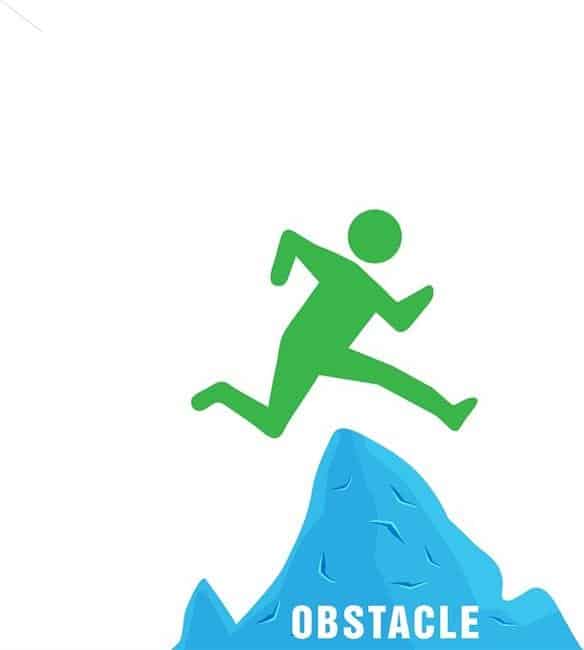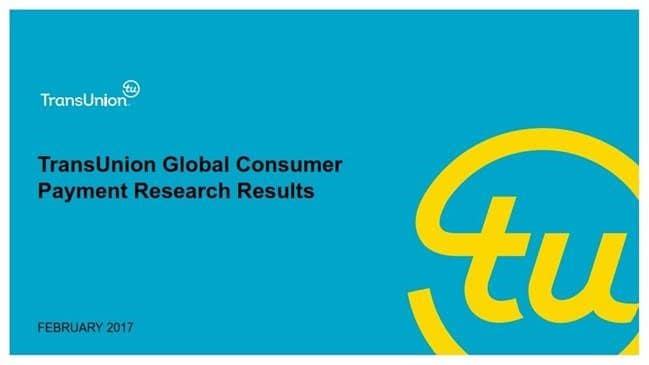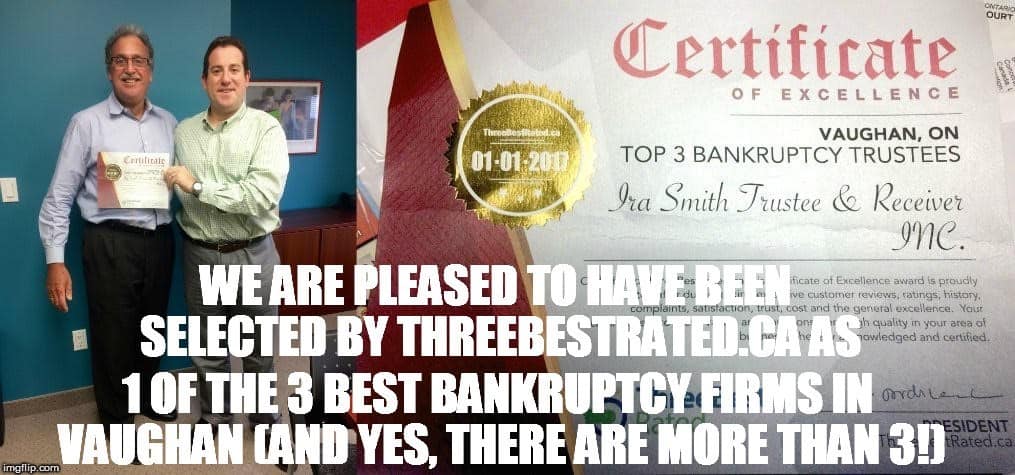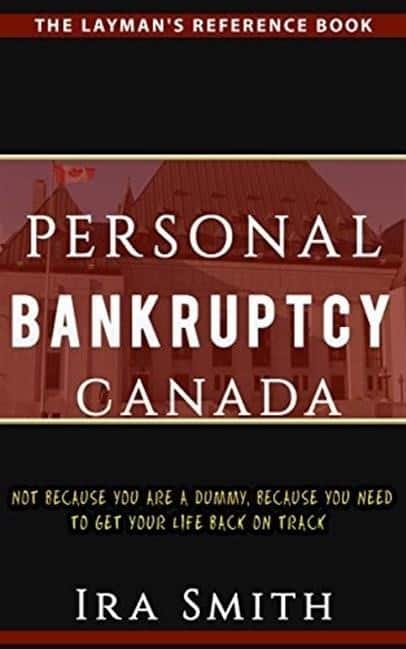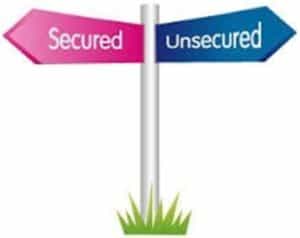Difference between debt settlement and consumer proposal: Introduction
In last week’s vlog, “DEBT SETTLEMENT VS CONSUMER PROPOSAL CANADA: NEW CANADIAN GOVERNMENT REPORT EXPOSES DEBT SETTLEMENT COMPANIES HARMING CONSUMERS”, we reported on the recently released report by the Superintendent of Bankruptcy (OSB). The report is titled: “Review of Licensed Insolvency Trustee business practices to the administration of consumer insolvencies”. We gave an overview summary of the findings. In this vlog, we wish to get into some of the specifics of the OSB’s findings. The difference between such a settlement and consumer proposal when using a debt settlement company.
Difference between debt settlement and consumer proposal: Forced to pay money they can least afford
Cases handled by a Licensed Insolvency Trustee (LIT) that were referred by these types of settlement companies generally wound up paying much more for their insolvency case.
The debt consolidation companies called for a debtor to authorize a costly contract for speaking with the debt management company before being presented to a “picked LIT”. The people normally comprehended that the only function of the LIT as being restricted to the filing of the consumer proposal created by the settlement company!
In cases evaluated by the OSB, the consulting charge section of the contract contained a large amount for the debt consolidation company’s “help”. It was in the range of $2,400 to $4,200. For smaller consumer proposals, the OSB found that the consulting charge typically varied from 20% to 40% of the amount of the proposal.
Therefore, my read of this leads me to believe that certain LITs cooperated with such settlement companies to force insolvent debtors to pay thousands of dollars more than they otherwise needed to. These people could not afford this and did not deserve to be treated this way.
Debt specialist charges were purported to cover the expense of advising, conferences, recommendations as well as prep work of the consumer proposal. In all situations, the costs paid to the debt management company were IN ADDITION to the fees established under the Bankruptcy and Insolvency Act (Canada) charged by those LITs.

Difference between debt settlement and consumer proposal: If that isn’t horrendous enough, the debt management company sold them a larger bill of goods!
OSB’s study discovered that debtors were often marketed more products by the debt settlement companies. As a result, there were billings for extra recurring costs throughout the life of their consumer proposal!
The products the debt management companies pushed on these vulnerable people included:
- loans charging a high rate of interest;
- brand-new credit score tools;
- a proposal insurance policy; and
- “credit score restoring” loans.
All products carried either high-interest rates or high price tags.
Difference between debt settlement and consumer proposal: Forced to pay more than they should have
A technique identified throughout the OSB’s review entailed advertising and marketing “proposal insurance coverage”. This was normally billed as a month-to-month expenditure at a price of around 10% of the worth of the consumer proposal. This financing had recurring repayments supposedly for “credit rating fixing”.
In one instance, a debtor with a $31,900 consumer proposal signed up for proposal insurance coverage, structured as a loan. That base cost was about $6,300. Various extra fees, the month-to-month management cost as well as a 15% interest rate, the insurance coverage priced out at $9,150.
So, with the debt management company’s management fee of $2,300, the consumer proposal that the creditors voted to accept in the amount of $31,900 cost the insolvent individual $43,350!!! In my view, being merely associated with this type of behaviour is against the BIA, OSB Directives and the Canadian Association of Insolvency and Restructuring Professionals code of conduct for its members. As a LIT, I would never be associated with such disgraceful behaviour.
Difference between debt settlement and consumer proposal: Consumer proposals are like a 5-year interest-free loan, so why would you borrow to pay it off early?
An additional pattern observed in consumer proposals submitted by LITs dealing with debt management companies was the intro of “price cut terms”. This arrangement is for enticing the debtors to borrow money under arrangements made by the debt settlement company.
Incorporation of a discount rate provision provokes a debtor to become part of a brand-new as well as expensive loan scheme. To capitalize on a 25% discount rate condition in a $10,000 proposal, a debtor would finance $7,500. With paying $1,400 in compulsory charges, this brought the lending overall to $8,900. At a promoted rate of interest of 22.99 %, with a payment timetable of $214 over 84 months, the borrower would certainly pay $10,475 in charges as well as a rate of interest, for an overall of $17,975.
A consumer proposal is like an interest-free loan. The same debtor with the same beginning consumer proposal of $10,000, would only pay that amount if they went directly to the LIT first. The debtor would have had a maximum of 60 months to complete making the payments with no interest charges at all. A savings of $7,975 and lower monthly payments.
As you can see, involving the debt settlement company increased the cost for an insolvent person dramatically for no value.
Difference between debt settlement and consumer proposal: Other findings
Other findings by the OSB include:
- the LIT files did not contain any obvious evidence of debt settlement company certification or experience in credit counselling or the counselling of insolvent debtors;
- consumers who filed with a LIT through the debt settlement company did not have a good understanding of the insolvency process, the options that were available to them or the other charges they were paying to the debt settlement company
- the consumers were not aware that they could have avoided charges such as paying a debt consultant to prepare the consumer proposal
- that the documentation made ready for the consumer proposal filing by the debt settlement company and used by the LITs contained many errors
- Statements of Affairs, as well as Income and Expense Forms submitted, were incorrect in different ways
- Debt settlement company fees were not disclosed
- Real estate was always undervalued compared to LIT files where there was no involvement of a debt settlement company
Difference between debt settlement and consumer proposal: What you can do
The OSB is considering its next steps. The OSB is requesting comments. We have already provided ours. Our recommendation was that all LITs who cooperated with debt settlement companies as we have described here should be brought up on disciplinary charges by the OSB. If you agree that this way of doing business on vulnerable and unsuspecting consumers who are truly looking for professional help must stop, please click here to offer your own comments to the OSB.
In the meantime, if you have too much debt, please DO NOT be fooled by the debt settlement companies. Stay far away from them. Instead, contact a LIT directly.
We are debt professionals who will evaluate your situation and recommend which debt relief options are right for you. We will do so in a free consultation. A consumer proposal is one option; there are others as well.
Contact Ira Smith Trustee & Receiver Inc. today for a free consultation. There is no need for you to pay fees to a debt settlement company when you can get the same information from us for free.
You’ll be in good hands and Starting Over, Starting Now you can be well on your way to living a debt free life.
